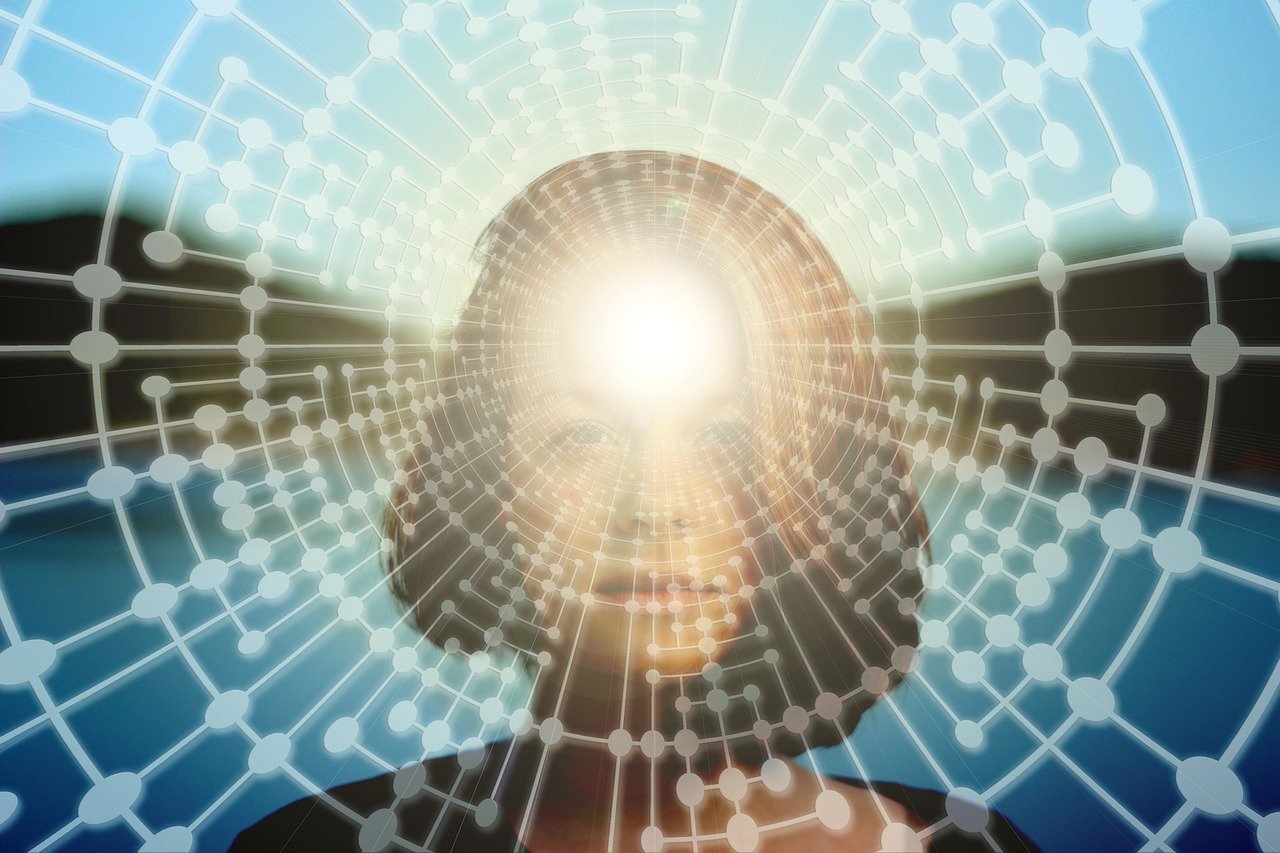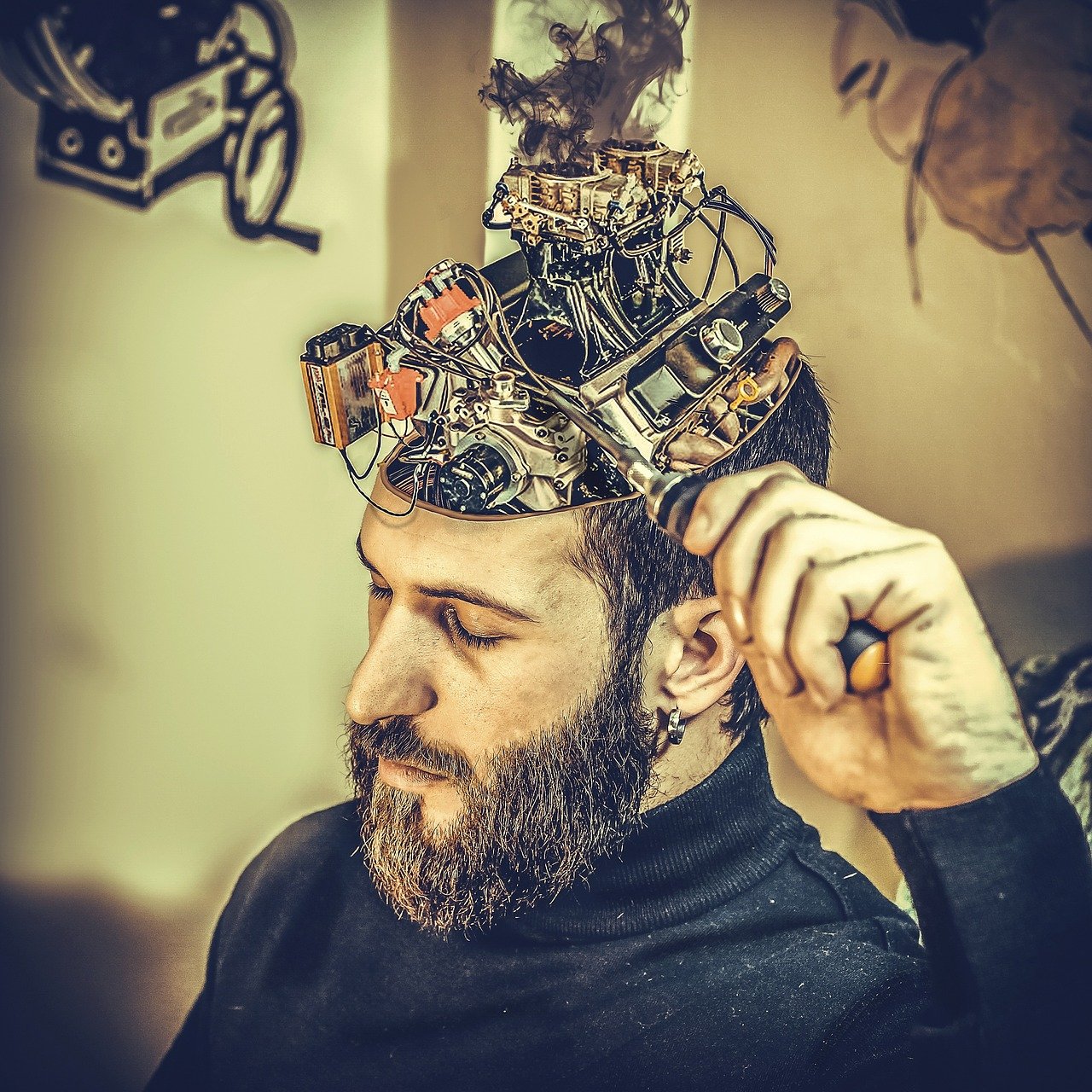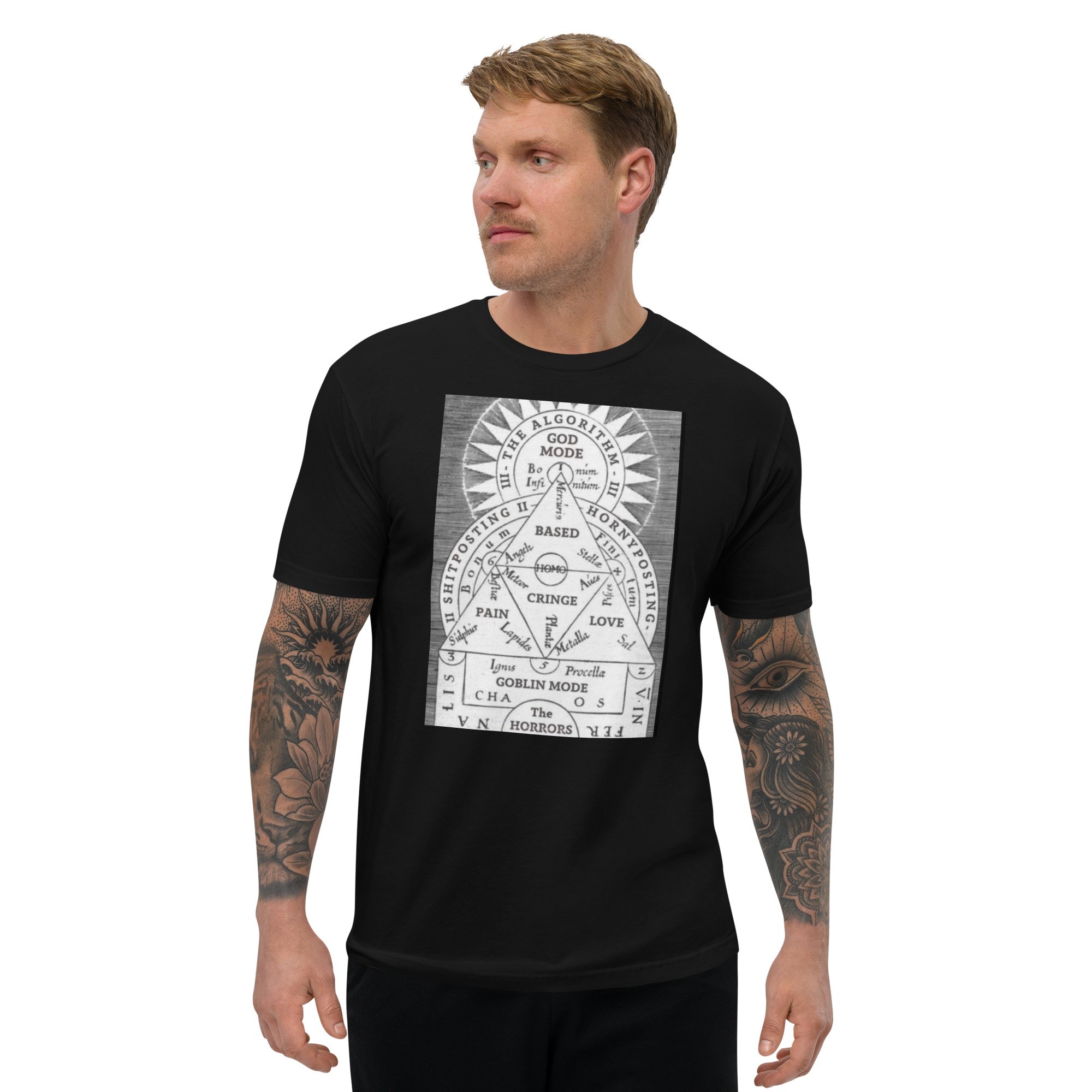The Inner Ecosystem: Carl Jung's Theory of Autonomous Complexes
Uncover the Hidden Forces Shaping Your Psyche and Path to Wholeness
Summary:
Jung proposed complexes - autonomous bundles of thoughts and feelings formed around emotional themes. He believed they influence behaviors when activated.
Jung studied complexes using word association tests. fMRI research now examines neural correlates of emotional subsystems.
Some link complexes to quantum biology theories, viewing them as limited classical representations of vaster quantum consciousness.
Approaches like energy psychology explore altering embedded complex patterns through consciousness practices.
Mastering the divisions within us catalyzed by complexes allows for greater wholeness, connection, and integration.
The Mind's Concealed Companions
Nearly a century ago, the pioneering psychiatrist Carl Jung put forward an intriguing theory about the structure of the human psyche.
He proposed that we all harbor autonomous personality fragments he termed “complexes” - bundles of thoughts, memories, and feelings orbiting around specific emotional themes.
Jung believed these sub-selves operate outside conscious control, influencing our behaviors and minds in subtle but significant ways.
Jung conceptualized complexes as independent actors residing in the personal unconscious, what he deemed the inner region harboring our most private and painful reflections.
He described them as:
"Behav[ing] like an animated foreign body in the sphere of consciousness, or like parasites upon the ego...[manifesting] itself in a chronic disposition or tendency, even though this may be quite incompatible with the conscious attitude."
In Jung's view, complexes take shape around emotional sensitivities formed through traumatic or repetitive experiences, crystallizing into semi-autonomous patterns of thought and motivation.
Like knots in muscle fiber, they can tense up when stimulated, triggering outsize reactions.
Jung believed we all host a number of primary complexes centered on universal human concerns like securing love, longing for nurturance, and competing for status.
Theoretically, when activated, these complexes hijack consciousness like a rival ego, generating thoughts and behaviors aligned with their own agendas.
Thus, complexes allow us to shift rapidly into "sub-personalities", each embodying streams of memories and motivations orbiting fixed themes.
A dismissive glance from a dinner date may rouse one's abandonment complex, triggering a cascade of shame, insecurity, and pleading.
Meanwhile, an intimidating rival at work may kindle the power complex, initiating domineering behaviors.
In Jung's cosmology, the untamed complexes represent the wild, animalistic counterpoints to the cultivated persona we present to the world.
Mastering their unruly influence was essential for achieving self-actualization. As he put it:
"The goal is important only as an idea; the essential thing is the opus which leads to the goal: that is the goal of a lifetime."
Excavating Inner Quandaries
Jung pursued this existential opus through extensive clinical work with patients.
But he also conducted empirical studies to elucidate the murky workings of these "splinter psyches" residing below the surface.
Alongside peers like Franz Riklin, Jung pioneered word association tests, measuring response times to emotionally evocative terms.
After asking subjects to respond to a standard list of 100 words, the words producing the longest delays were repeated to probe any associated memories or feelings.
Riklin and Jung considered delayed responses indicators of unconscious complexes stirred up by the stimulus words.
In a seminal word association paper from 1909, Jung concluded:
"This application of the experiment shows that it is possible to strike a concealed, indeed an unconscious complex by means of a stimulus word; and conversely we may assume with great certainty that behind a reaction which shows a complex indicator there is a hidden complex, even though the test-person strongly denies it."
While word association tests fell out of favor in subsequent decades, modern psychologists recognize their role in the early plumbing of the psyche's depths.
Today, neuroimaging methods like fMRI enable more direct glimpses of emotional processing, though complexes remain theoretical constructs. Nonetheless, the core idea that we harbor subliminal emotional triggers ripe for investigation retains currency and intuitive appeal.
Navigating Inner Minefields
For analytical psychologists, complexes represented pitfalls but also pathways to self-knowledge.
Jung considered their assimilation into conscious awareness essential for achieving wholeness.
While suppressing complexes was futile, one could minimize their disruptiveness through practices like active imagination, bringing the unconscious into a creative dialogue with the conscious ego.
Tending to complexes may hold practical value outside the consulting room as well.
In organizations, understanding emotional subcurrents and unspoken assumptions can foster more harmonious collaboration.
Leaders able to recognize complexes' subtle fingerprints in their own judgment calls and communications may mitigate unconscious bias and reactivity.
As Jung scholar Robert Hopcke wrote, "When complexes are not made conscious, dealt with, and integrated into the total personality, we remain, in effect, possessed by them."
Shedding light on our complex-driven behaviors allows for more intentional responses aligned with wisdom, ethics, and strategy.
Awareness grants freedom.
Frontiers of Research
A century later, Jung's complexes continue sparking curiosity.
Among contemporary analytical psychology scholars, Dr. John Beebe has developed a "theory of types" correlating complexes with Jung's cognitive style models.
Psychologist Ulrich Sollmann is examining correlations with attachment theory, based on the role of early caregiving patterns in shaping emotional complexes.
Meanwhile, interpersonal neurobiologists argue Jungian complexes manifest the involuntary fight-flight-freeze responses described in polyvagal theory.
And computational psychiatrists envision modeling complexes via neural networks displaying autonomous, emotionally-driven behaviors. Integrating these perspectives could bear fruit.
Beyond academia, popular guides reconceptualize complexes as inner children yearning for healing, or figurative allies on the journey toward wholeness.
While lacking scientific rigor, such works testify to the enduring resonance of Jung's vision of the mind as an ecosystem of sub-selves.
As technology progresses, researchers may develop new methods to peer inside the black box of the brain, identifying potential neural correlates of complex processes.
But direct evidence may prove elusive. Like the dark matter of psychology, complexes seem to shape realities without being readily observed.
Yet we may find ways to illuminate their significance as we journey ever deeper into the unfolding mysteries of consciousness.
From Subpersonalities to Subnetworks
While Jung's vision of psychic fragmentation originated in clinical intuition, contemporary researchers are uncovering what complexes could represent in the brain's wiring.
Advances in network neuroscience reveal the mind as a woven tapestry of functional subnetworks, each processing different emotions.
Studies using fMRI scanning have found patterns of heightened connectivity between regions like the amygdala, ventromedial prefrontal cortex, and hippocampus when subjects feel fear or anxiety.
Meanwhile, networks linking the nucleus accumbens, orbitofrontal cortex, and ventral tegmental area activate during experiences of reward and pleasure.
This intrinsic architecture aligns with the segregated emotional processing zones Jung proposed.
When a subnetwork associated with anger or jealousy activates, it generates thoughts and impulses aligned with its affective theme, similar to a complex hijacking consciousness.
As psychologist Michiel van Elk concludes, "Jung's ideas foreshadowed the distributed and recurrent neural networks that underlie personality in the brain."
Integrating perspectives from network neuroscience could provide clues about complexes' emergence.
Trauma and repetitive experiences may strengthen connections within neural cliques, entrenching emotion-driven patterns of reactivity.
Making these subcortical triggers more permeable to higher cognition may help defuse their disruptiveness.
The Mind's Quantum Potential
Zooming out further, some scholars situate complexes within the context of quantum biology.
According to Sir Roger Penrose and philosopher Stuart Hameroff, microtubules inside the brain's neurons act as sites of quantum processing, allowing subtler influences from deeper levels of consciousness.
From this lens, complexes reflect limitations in how the brain restricts, filters, and interprets awareness, imposing biases on a vaster quantum canvas.
Healing involves opening to untapped potentials beyond our classically-conditioned subroutines. As Hameroff states:
"Jung's complexes and archetypes may reflect quantum propensities...restricted by the limits of our brains after birth, so they only glimmer through. In a sense, the play of archetypes reflects biology's cutting off of quantum consciousness."
Researchers including physicist Fred Alan Wolf have proposed analogies between complexes and "Jungian quantum wave functions", describing probability states awaiting activation through observer effects.
According to these views, analyzing complexes enlists quantum cognition to illuminate the self.
Energy Psychologies and Epigenetics
Other bridges between complexes and modern research come through energy psychology modalities like Emotional Freedom Technique (EFT).
Practitioners use acupressure while verbalizing psychoemotional challenges, reporting changes in emotional triggers and symptomology.
Though mainstream recognition remains limited, theories suggest EFT may calm fight-flight responses by altering cortical-subcortical connections.
Repeated sessions could attenuate complex-driven reactivity patterns imprinted since childhood.
Integrating Jungian psychology with epigenetics also shows promise. Epigenetic markings like DNA methylation regulate gene expression through environmental feedback.
Early childhood stress can throttle specific genetic pathways, sensitizing stress reactivity for life.
Researchers propose complexes manifest these embedded biological memories, catalyzing cellular states of fear, abandonment, or inertia throughout the bodymind.
Using consciousness-focused practices to rewrite epigenetic imprints underlying complexes represents another avenue worth exploring.
The Holographic Paradigm
Zooming further out, Karl Pribram's holographic model of the brain provides another framework for understanding complexes.
Pribram argued that memories are encoded not locally but distributed across neural networks via wave interference patterns, like holographic images.
This lens suggests complexes represent emotional memories encoded in the psyche's background interference waveforms.
Specific triggers disturb these baseline waves, bringing complexes temporarily to the surface, just as laser light illuminates select contours within a hologram.
Pribram's work aligned with physicist David Bohm's implicate order theory, positing consciousness manifests from deeper levels of underlying order.
In this cosmovision, resolving complexes involves accessing the holomovement of being, beyond their immediacy. This dissolution into wholeness recurred across Jung's writings, from his late-life visions of the unus mundus to his statement:
"The self is a cosmos, not isolated but ever-changing throughout the whole of the psyche."
The Unified Quantum Mindscape
Synthesizing these views, one cutting-edge framework proposes complexes reflect limitations in how consciousness collapses quantized potentials into specific states through the brain.
Unifying QFT physicist Danah Zohar's model of the quantum mind with Sir Roger Penrose's ORCH-OR theory yields an integrated picture.
Within this landscape, complexes represent attractor patterns encoded in microtubules, sculpting probability amplitudes to manifest familiar emotional states.
Triggering these complexes induces their associated qualia, coloring the quantum mindscape with shades of anger, shame, anxiety, etc.
Healing involves entering a resonance between the ego's single-particle status and its inherently whole quantum wavefunction, from which complexes appear as ripples.
Mindfulness practices train us to hover as the witness, while compassionately transmuting complex-driven patterns into love, wisdom and service.
Thus, complexes ultimately remind us of our common ground - the implicate order in which we all participate.
Moving beyond their isolation opens us to the symphonic beauty of the whole.
In Jung's words:
"The individual is the product of the whole past, and in the most intimate connection with all that exists."
References
Hameroff, S. (2012). How quantum brain biology can rescue conscious free will. Frontiers in Integrative Neuroscience, 6, 93. https://doi.org/10.3389/fnint.2012.00093
Hopcke, R. H. (1989). A guided tour of the collected works of C.G. Jung. Shambhala Publications.
Jung, C. G. (1960). On the nature of the psyche. Princeton University Press.
Jung, C. G., & Hull, R. F. C. (1977). C.G. Jung speaking: Interviews and encounters. Princeton University Press.
Jung, C. G., Adler, G., & Hull, R. F. C. (2014). Collected works of C.G. Jung: Complete digital edition. Princeton University Press.
Pribram, K. H. (1971). Languages of the brain: Experimental paradoxes and principles in neuropsychology. Brandon House.
Riklin, F. (1907). Wish fulfilment and symbolism in fairy tales. Nervous and Mental Disease Publishing Company.
Sollmann, U. (2021). The inner child in contexts: Development, psychopathology and the analytic relationship. Routledge.
Van Elk, M. (2021). The neural origins of Jungian archetypes and complexes: A perspective from network neuroscience. Neuropsychoanalysis, 23(2), 131-146. https://doi.org/10.1080/15294145.2021.1936080
Wolf, F. A. (1994). The dreaming universe: A mind-expanding journey into the realm where psyche and physics meet. Simon & Schuster.
Zohar, D., & Marshall, I. N. (2000). SQ: Connecting with our spiritual intelligence. Bloomsbury Publishing USA.
#psychology #JungianPsychology #consciousness #neuroscience #quantummind #analyticpsychology #depthpsychology #archetypes #individuation #neurophilosophy
Expanding Horizons of Possibility
Here at Ultra Unlimited, we are driven to expand awareness, transform possibilities, and accelerate success for visionaries worldwide.
Our mission aligns with Jung's pioneering vision of integrating science and spirituality to enrich and empower humanity.
We are committed to furthering Jung's legacy and integrating his foundational insights with leading-edge research across disciplines.
By synthesizing wisdom traditions with modern science, we can chart expanded maps of consciousness for the future.
Our The Revolution Will Be Telepathic line of consciousness-expanding tools and experiences helps visionaries access deeper states, disrupt old patterns, and actualize more of their creative potential.
We also host events, workshops, and retreats to cultivate community and synergy among pioneering thinkers.
Ultra Unlimited seeks to be a hub empowering those on the cutting edge of personal and collective evolution.
We believe that by transforming inner horizons, we can manifest positive change in all domains. The future lies in uniting heart and mind, science and soul, for the upliftment of all.
Join us on this journey across landscapes both familiar and strange.
Jung dreamed of "visions of a new morning" emerging through humanity's darkness.
At Ultra Unlimited, we are committed to making those visions real, one awakened mind at a time.
The adventure awaits!
- Mystic Traditions
- Consciousness Research
- Global Wisdom
- The Future is Quantum
- Neuroscience
- Global Mysteries
- Cybersecurity
- Sustainability
- Animal Symbolism
- Spirit Animals Unleashed
- Global Ecology
- Global Creative Culture
- Mayan Riviera
- Shamanism
- Artificial Intelligence
- Holistic Health
- Nature Healing
- Physics
- Extortion Economy
- Creative Healing
- Japan
- Future of Work
- Cyber Defense
- LockBit
- Quantum Interconnectivity
- Non-Human Technologies
- Plant-Based Medicine
- Ransomware
- #BeTheGlitch
- China
- Sacred Geography
- Holographic Universe
- Quantum Computing
- Solar Economics
- Psychedelic Medicine
- History
- Global Governance
- Martial Arts
- Global Goverance
- Ultra Unlimited Yucatan Adventures
- SETI
- Global Sport Traditions
- Quantum Advantage
- UAP Disclosure 2024
- Global Travel
- The Future of Work
- Visionary Medicine
- Generative AI
- 2023 UAP Disclosure Act
- Esoterica
- Computer Science
- Ecotourism
- Solar Adoption
- DeepSouth
- Crystal Healing
- Frequency Healing
- Regulation of UAPs
- Blockchain
































































